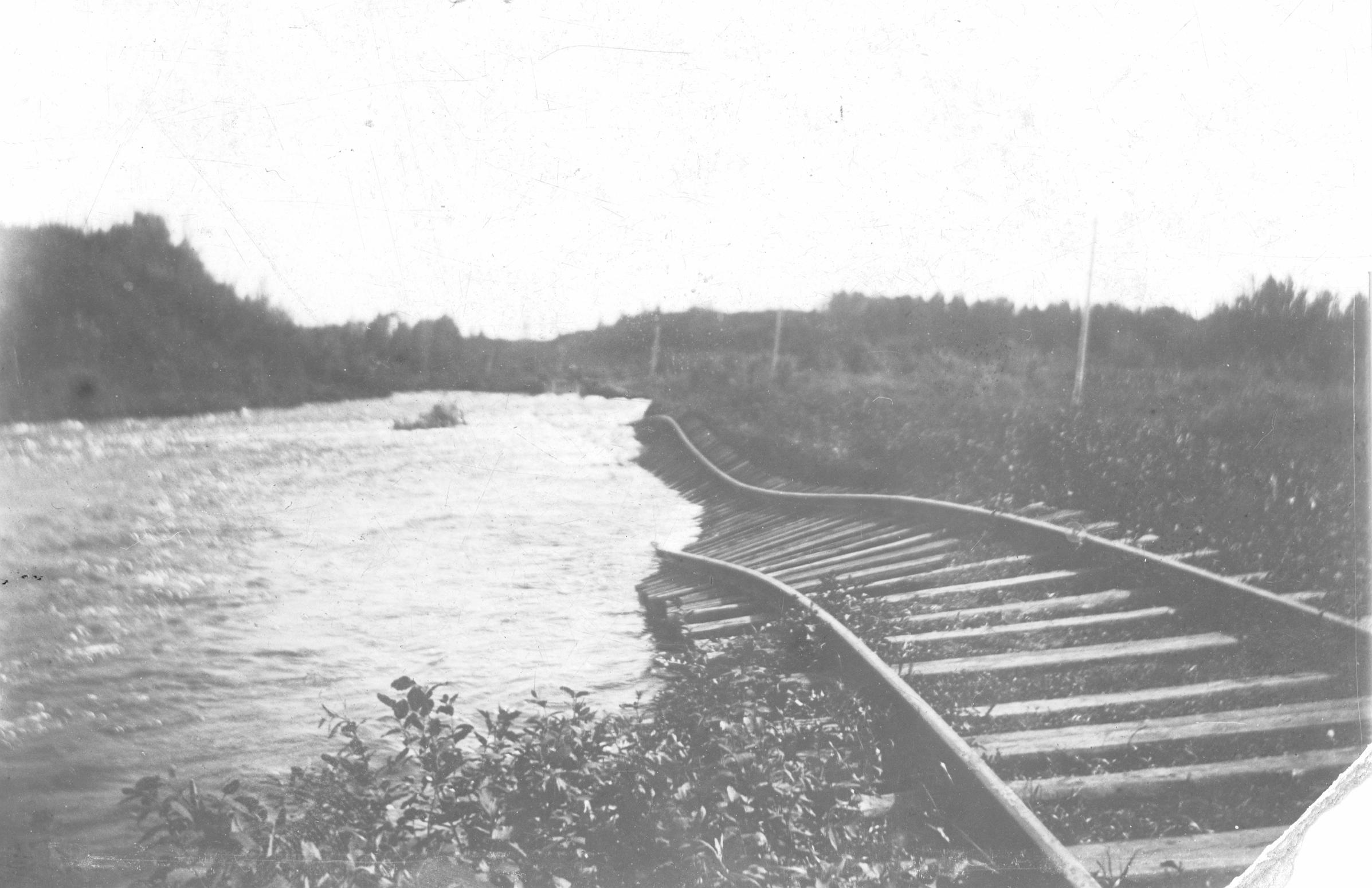There has been considerable discussion in the past few weeks about how cool and wet the weather has been. Some people have even asked if this has been a record cold wet spring.
As most historians will tell you, there is rarely truly record breaking or unprecedented weather in Central Alberta. Depending upon how far back a person is willing to go, there have always been times when it has been wetter or drier, colder or warmer.
There have been times in June when the thermometers have hit the mid-30s. There have been other years when there have been hard frosts and even heavy snowfalls during the month of June.
Unfortunately, people often confuse short-term weather patterns for long-term climate trends. They often seize upon weather events to support their personal beliefs or disbeliefs in the scientific pronouncements on global warming.
However, the weather in this part of the world not only often varies dramatically on a yearly, monthly and even daily basis. There are well-documented cycles in the amount of precipitation and average temperatures over multi-year periods.
When some of the first settlers began arriving in the Red Deer area in the 1890s, the weather was generally cold and dry. Killing frosts in early August were common. In 1892, it was so dry that people could drive buggies down the gravel bars in the centre of the Red Deer River. A massive prairie fire that started by Gleichen swept northwards until it reached Red Deer.
Hence, many people, who initially thought that Central Alberta might be a great place to start a new life, decided that the region was little more than a semi-frozen desert and moved on.
The climate underwent a quick and very dramatic change during the summer of 1899. Profuse amounts of rain began to fall. Roads became quagmires. The traffic bridge across the Red Deer River had to be closed for repairs due to the fall floods that struck in September. As autumn progressed, the heavy rains turned into heavy snows. Local farmers found it impossible to get their crops off.
Conditions were somewhat warmer in 1900. However, the first snowfall struck on Aug. 22, seriously damaging crops. A blizzard on Sept. 23 and 24, 1900 was so severe that a train got stuck in the drifts on the main line south of Red Deer. A rancher east of Delburne froze to death while tending his cattle.
Fortunately, as the new century progressed, the weather got warmer and warmer. Precipitation levels remained high, but generally only as rain and not as snow.
During the winter of 1903-1904, there was so little snow that many people found it very difficult to use sleighs. There were reports of green grass growing at Christmastime. There is an old photograph of the Bower family out in a hay field in their shirtsleeves in January.
Eventually, the countryside took on a lush, at times steamy, appearance. The growth of grass and trees became phenomenal. Crops became so heavy that lodging became a serious problem. Farmers had a lot of difficulty harvesting the heavy wet grain.
Molds and disease became serious problems. Large numbers of horses died from what was generally described as “swamp fever”, but was actually an outbreak of glanders. Some doctors even reported that they had treated a few cases of malaria amongst the farmers.
Ironically, mosquitoes were not generally considered to be a significant issue. Some experts speculated that it rained so frequently that runoff was rapid. Consequently, stagnant pools of water did not have much of a chance to accumulate.
The settlers who arrived in Central Alberta in the early 1900’s concluded that despite what they may have previously heard, this region was actually a very lush and humid. They had trouble imagining that Central Alberta had once been little more than a semi-frozen desert.
The wonderful warm wet years reached a climax in 1905-1906. Then the famous winter of 1906-1907 set in. Temperatures plunged to -40C for weeks on end. Roads became impassible due to snowdrifts. Spring did not come until late May.
Central Alberta regained its reputation as a very cold part of the world in which to live.



